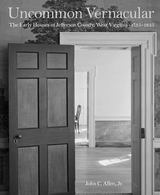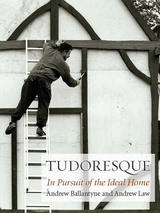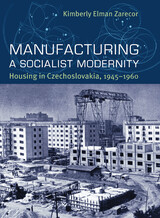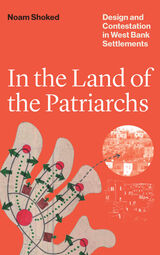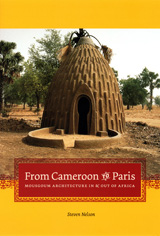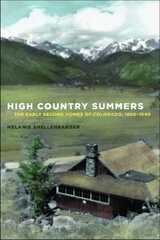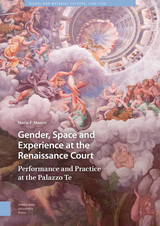Early Village Life at Beidha, Jordan: Neolithic spatial organization and vernacular architecture
Council for British Research in the Levant, 2005
Cloth: 978-0-19-727013-4
Library of Congress Classification NA7419.J62B453 2005
Dewey Decimal Classification 933.01
Cloth: 978-0-19-727013-4
Library of Congress Classification NA7419.J62B453 2005
Dewey Decimal Classification 933.01
ABOUT THIS BOOK | TOC
ABOUT THIS BOOK
This book explores the spatial organization and vernacular architecture of the Early Neolithic village of Beidha in southern Jordan. This is a case study rigorously investigating changes in community organization associated with early sedentism and food production in Southwest Asia. Diana Kirkbride-Helbæk's extensive fieldwork at Beidha yielded a considerable occupation span, extensive horizontal exposure, numerous excavated buildings with well preserved architecture and features, and a relative abundance of in situ artefacts. These broad horizontal excavations revealed a moderately sized early farming community dating to the middle of the Pre-Pottery Neolithic B period, primarily after 7000 BC. The first three chapters of the book place the early village of Beidha within the context of the origins of sedentism and food production; provide an overview of the site and the excavations; and present the analytical approach and the methods used in this study, as well as the final phasing model for the history of the settlement. The subsequent two chapters detail the stratigraphy and chronology of the early Neolithic village, and examine the built environment and architecture, focusing on the construction, remodeling, and use life of individual buildings. The next two chapters explore, by phase, architectural patterning, continuity and change, and then community organization and the utilization of space. The book concludes with a broader consideration of emerging organizational trends expressed in the remarkable built environment of early Neolithic settlements in Southwest Asia. The results reveal that the successful establishment of sedentary food-producing villages was marked by novel social and economic developments, and the autonomization of households and formalization of corporate bodies represented important trends during this transition. These two organizational trends then formed the foundation upon which later, more complex social constructions were built.
See other books on: Architecture, Domestic | Community organization | Jordan | To 1500 | Vernacular architecture
See other titles from Council for British Research in the Levant




